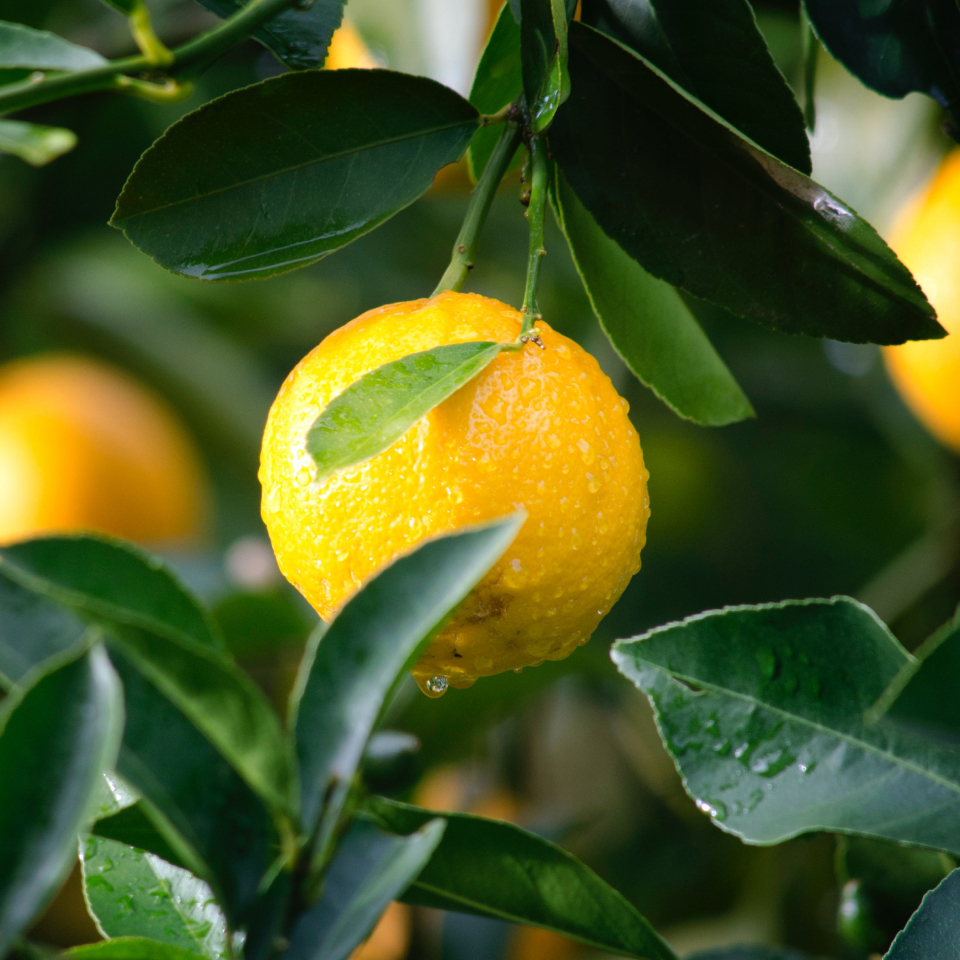



Contact Changfu Chemical Now!
+86 27 8439 6550 | +86 181 6277 0058
Silicone-based Materials
Silicone-based Materials
Silicone-based materials of Changfu Chemical consist of silicone polymers, including silane oligomers, silicone resins, and siloxane polymers, as well as silicone monomers like organic silanes and siloxanes, and colloidal silica, known for their excellent dispersibility and stability. With over 20 years of expertise in chemical synthesis, we offer more than 200 products alongside custom synthesis and technical services.
Silicone-based materials of Changfu Chemical consist of silicone polymers, including silane oligomers, silicone resins, and siloxane polymers, as well as silicone monomers like organic silanes and siloxanes, and colloidal silica, known for their excellent dispersibility and stability. With over 20 years of expertise in chemical synthesis, we offer more than 200 products alongside custom synthesis and technical services.
Types of Silicone-based materials For Sale
Types of Silicone-based materials For Sale
Changfu Chemical offers three primary categories of silicone-based materials: silicone polymers, silicone monomers, and colloidal silica.
- Silicone Polymers
Silicone Oligomers: Low molecular weight polymers used in coatings and sealants. Water-Borne Silicone Resins: Environmentally friendly resins suitable for various coatings applications. Specialty Siloxane Polymers: Tailored for specific applications, offering unique properties such as enhanced flexibility or thermal stability. - Silicone Monomers
Specialty Organic Silanes: Used as coupling agents and adhesion promoters in composites and coatings. Siloxane Monomers: Serve as building blocks for various silicone products and formulations. - Colloidal Silica
Silica Sol: Available in both water-based and organic solvent-based forms, used for applications in ceramics, coatings, and personal care products.
Changfu Chemical offers three primary categories of silicone-based materials: silicone polymers, silicone monomers, and colloidal silica.
- Silicone Polymers
Silicone Oligomers: Low molecular weight polymers used in coatings and sealants. Water-Borne Silicone Resins: Environmentally friendly resins suitable for various coatings applications. Specialty Siloxane Polymers: Tailored for specific applications, offering unique properties such as enhanced flexibility or thermal stability. - Silicone Monomers
Specialty Organic Silanes: Used as coupling agents and adhesion promoters in composites and coatings. Siloxane Monomers: Serve as building blocks for various silicone products and formulations. - Colloidal Silica
Silica Sol: Available in both water-based and organic solvent-based forms, used for applications in ceramics, coatings, and personal care products.


Choosing Silicone-based Materials for Different Applications
Choosing Silicone-based Materials for Different Applications
Changfu Si-based materials are designed to meet diverse needs across industries such as construction, automotive, electronics, and personal care, providing performance, durability, and versatility. Choosing the right products for specific applications involves considering various factors such as performance requirements, environmental conditions, and compatibility with other materials.
- Silicone Polymers: Ideal for sealants, adhesives, coatings, and medical devices.
- Silicone Monomers: Used in coatings, adhesives, and surface treatments.
- Colloidal Silica: Common in ceramics, glass, coatings, and personal care products.
Changfu Si-based materials are designed to meet diverse needs across industries such as construction, automotive, electronics, and personal care, providing performance, durability, and versatility. Choosing the right products for specific applications involves considering various factors such as performance requirements, environmental conditions, and compatibility with other materials.
- Silicone Polymers: Ideal for sealants, adhesives, coatings, and medical devices.
- Silicone Monomers: Used in coatings, adhesives, and surface treatments.
- Colloidal Silica: Common in ceramics, glass, coatings, and personal care products.



